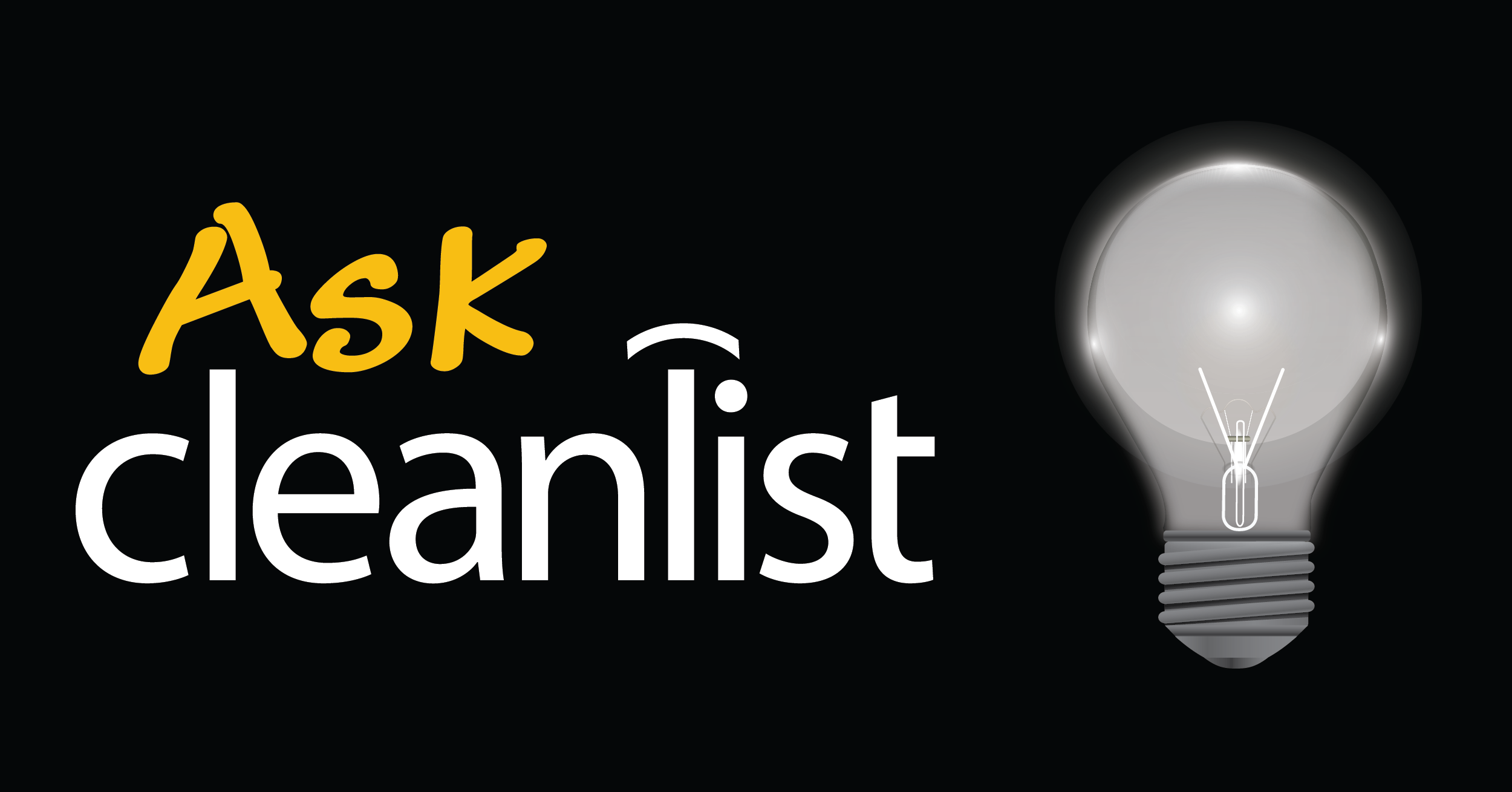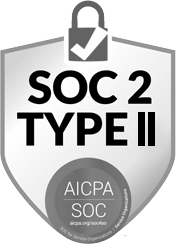A Tactical Guide for Marketers and Data Analysts
In today’s data-driven landscape, the term “data graph” is gaining traction, but what does it really mean, and how does it differ from traditional databases like SQL? More importantly, how can you leverage them to make your marketing strategies more effective? This post will break down the essentials, provide practical insights on getting started, and explain how Cleanlist can support your journey.
What Exactly is a Data Graph?
A data graph is a way of organizing and connecting data points in a network-like structure, where nodes represent entities (like customers, products, or transactions) and edges represent the relationships between those entities. This setup allows for a more intuitive exploration of complex relationships and patterns in your data.
So, how is this different from a traditional SQL database? While SQL databases store data in tables with predefined relationships, data graphs are more flexible and dynamic. In a SQL database, you might struggle to analyze the interconnectedness of data points without running multiple, often complex, queries. In contrast, these graphs are designed to make those connections more visible and accessible right from the start.
How to Start Using a Data Graph
If you’re interested in implementing a data graph in your marketing or data analysis efforts, here’s a step-by-step guide:
1. Identify Your Data Sources: Start by listing the various data sources you want to include. This could be customer databases, transaction records, website analytics, or even social media interactions. The goal is to map out all the touchpoints where your customers interact with your business.
2. Choose the Right Software: There are several tools available to help you create and manage data graphs. Some popular options include Neo4j, Amazon Neptune, and Microsoft Azure Cosmos DB. These platforms offer the ability to store, query, and visualize data graphs, often with built-in analytics tools.
3. Design Your Data Graph: Next, complete your design by defining the nodes and edges that will represent your data. For instance, nodes might include customers, products, and campaigns, while edges might represent purchases, clicks, or referrals. This step is crucial as it lays the foundation for how you’ll analyze the data.
4. Import Your Data: Once your graph is designed, import your data from the identified sources. Most data graph platforms offer easy integration with common data formats, allowing you to map your existing data to the nodes and edges of your graph.
5. Run Queries and Analyze Relationships: With your graph in place, you can start running queries to uncover insights. For example, you might explore which customer segments are most likely to purchase specific products, or identify patterns in customer behavior that lead to higher conversion rates. The beauty of data graphs lies in their ability to reveal these relationships quickly and effectively.
Making Your Data Graphs Effective: How Cleanlist Can Help
Creating a data graph is just the beginning. To truly leverage the power of data graphs, your data needs to be clean, enriched, and comprehensive. Here’s how Cleanlist can assist:
- Data Cleaning Services:
Before importing data into your graph, it’s crucial that the data is clean and accurate. Cleanlist offers robust data cleaning services that remove duplicates, correct inaccuracies, and ensure your data is ready for advanced analysis.
- Enriching Contact Data:
A data graph is only as powerful as the information it contains. Cleanlist can enrich your existing contact data with additional elements such as demographic data and intent data. This added depth allows for more nuanced and insightful queries, enabling you to uncover hidden opportunities.
- Providing Licensed Contact Data:
Need to expand your data graph with new contacts? Cleanlist offers licensed contact data, including prospect lists tailored to your target audience. By integrating this data into your graph, you can broaden your analysis and identify new market segments to engage.
Conclusion: The Strategic Advantage
Data graphs represent a significant leap forward in how businesses can organize and analyze their data. By understanding and utilizing the relationships between different data points, marketers and data analysts can uncover deeper insights, optimize their strategies, and drive more effective campaigns.
With the right tools and the support of Cleanlist’s services, you can ensure your data graph is not only robust but also rich with actionable insights. Whether you’re cleaning up your current data, enriching it with additional elements, or expanding it with new prospects, Cleanlist is here to help you every step of the way.
Ready to get started with data graphs? Contact Cleanlist today to learn how we can help you make the most of your data and drive your business forward.
Cleanlist is Canada’s largest customer data company. We clean, enrich, and validate business and consumer data. We’re also experts in data-driven document composition and Canada’s largest provider of data for digital and offline marketing. To learn more, visit us at Cleanlist.ca




